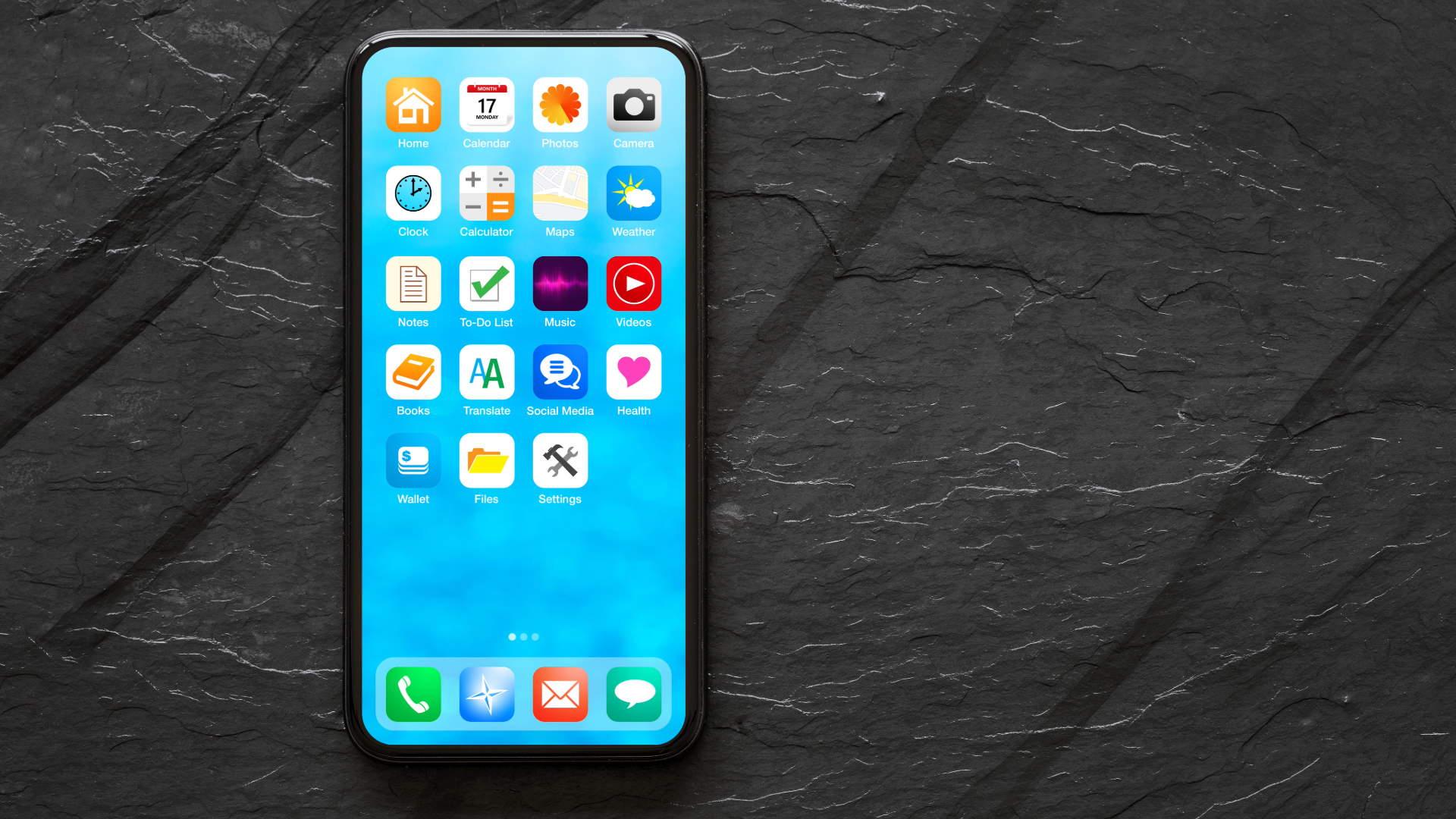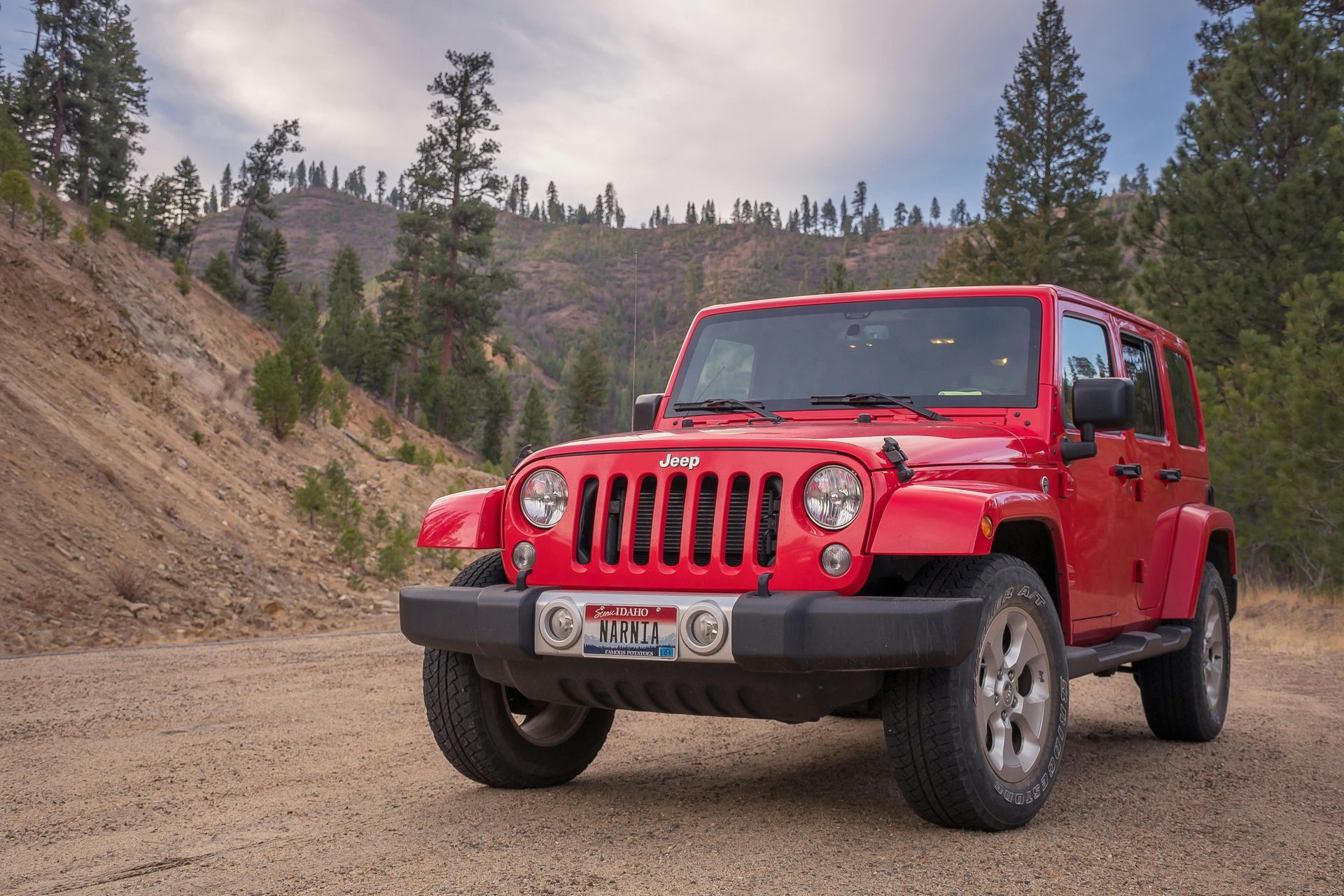Potholes - Comp or Collision?
Potholes - A Comprehensive or Collision Loss?

Why Potholes Are Paid as Collision Claims
When most people think of car insurance, they typically categorize accidents into two main types: collisions and comprehensive claims. While a collision is often visualized as an incident involving another vehicle or object, the idea that hitting a pothole is considered a collision claim might surprise some drivers. Understanding why potholes are categorized this way can help drivers navigate their insurance policies and handle claims more effectively.
Understanding Collision Coverage
Collision coverage is designed to pay for damages to your vehicle resulting from a collision, regardless of fault. This includes incidents involving other vehicles, stationary objects like trees or fences, and, crucially, the ground or road surface itself. In insurance terms, a collision is any impact that results in damage to your vehicle, which is why hitting a pothole falls under this category.
Potholes and Their Impact
Potholes are depressions or holes in the road surface that can vary in size and depth. They often form due to weather conditions, poor road maintenance, or heavy traffic. When a vehicle hits a pothole, the impact can cause significant damage, including:
Tire Damage: Potholes can puncture or blow out tires, leaving drivers with costly repairs or replacements.
Wheel and Rim Damage: The force of hitting a pothole can bend or crack wheels and rims.
Suspension Issues: The suspension system, which absorbs shocks and provides a smooth ride, can be damaged, leading to more expensive repairs.
Alignment Problems: A vehicle’s alignment can be thrown off, causing uneven tire wear and affecting handling.
Why Pothole Damage Is a Collision Claim
When you file a claim for pothole damage, your insurer categorizes it as a collision claim because it involves a direct impact with the road surface. Here are a few reasons why pothole damage falls under collision coverage:
1. Nature of Impact: The sudden and forceful nature of hitting a pothole mirrors the characteristics of a collision with another vehicle or object. The vehicle is in motion and impacts another surface, resulting in damage.
2. Coverage Structure: Insurance policies are structured to classify damages based on the incident's nature. Collision coverage is specifically designed to address damages resulting from driving and impacts, making it the appropriate category for pothole-related incidents.
3. Policy Terms: Most insurance policies clearly define what constitutes a collision, often including impacts with road hazards like potholes. By categorizing pothole damage as a collision claim, insurers can provide consistent coverage terms across different types of impacts.
How to Handle a Pothole Damage Claim
If you experience vehicle damage due to a pothole, follow these steps to handle your insurance claim:
1. Document the Damage: Take photos of the damage and the pothole, if possible. This documentation will be helpful when filing your claim.
2. Contact Your Insurer: Report the incident to your insurance company promptly. Provide all necessary information, including photos and a detailed description of the event.
3. Understand Your Deductible: Be aware of your collision coverage deductible. If the cost of repairs is less than or close to your deductible, it might be more economical to pay for repairs out of pocket.
4. File the Claim: Work with your insurance agent to complete the claim process. They can guide you through any additional steps required by your insurer.
5. Consider Comprehensive Coverage: While collision coverage handles pothole damage, comprehensive coverage addresses non-collision incidents like theft or vandalism. Ensure you have the right coverage for your needs.
Conclusion
Understanding why potholes are categorized as collision claims can help drivers make informed decisions about their insurance policies and coverage options. While dealing with pothole damage can be frustrating, knowing how to navigate the claims process and maintain adequate coverage can alleviate some of the stress associated with these road hazards. As always, maintaining safe driving habits and being vigilant on the road can help minimize the risk of encountering damaging potholes in the first place.
Recent posts



